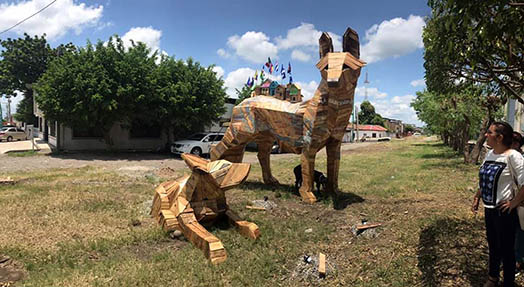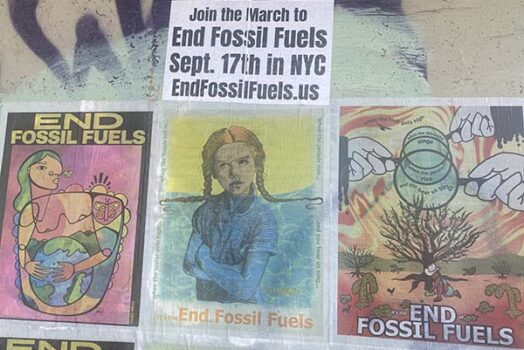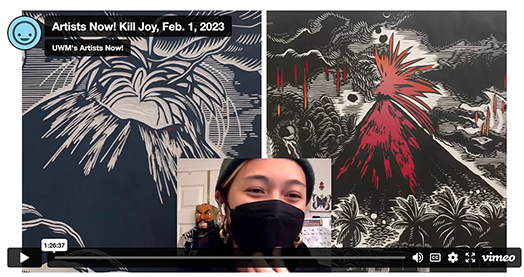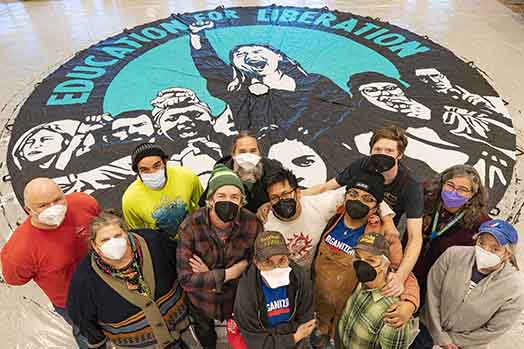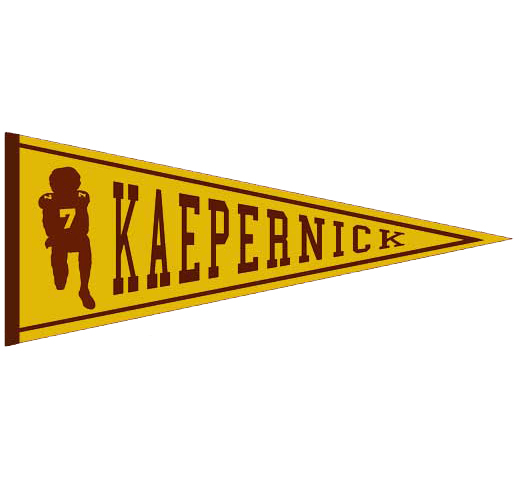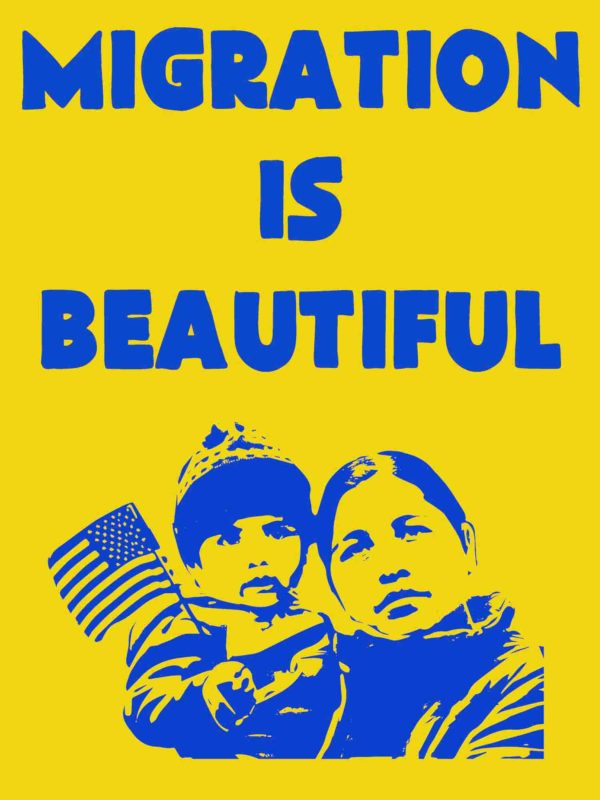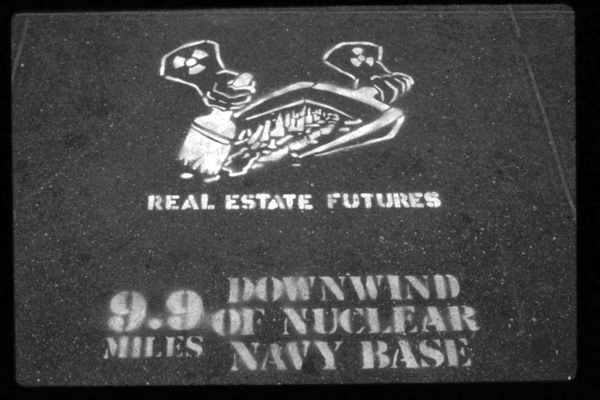
stencil by Gregory Sholette
Here is another excerpt from A People’s Art History of the United States. This excerpt starts with the introduction to the chapter and then segues to the middle section. I chose to highlight this chapter this month because of the past/present connections to the the tactics of the Groundwork action. A broad coalition of artists across the country and beyond, including some of us in Justseeds, are currently working on projects to bring creative activism to New York City in September for the People’s Climate March (September 21, 2014) to address the climate crisis. In researching the Groundwork project in 1989 I was inspired by the scale of their vision and how they harnessed street art and tactical media. They set out to cover the five boroughs of New York with 10,000 stencils during the spring and summer of 1989. They recognized that to make a dent in all the visual noise in New York City that you had to think along the scale of the city. Here is the excerpt.
Antinuclear Street Art
On December 14, 1988, a group of artists met at the PAD/D (Political Art Documentation and 16 Distribution) office in NYC and drafted a flyer that announced Groundwork: The Anti-Nuke Port Stencil Project. Its text read, in part:
The U.S. Navy is currently constructing a homeport for the Battleship IOWA and its support ships in the middle of New York harbor. An independent study has shown that that an accident involving the incineration of a single nuclear weapon containing plutonium-239 could release enough radioactivity into the atmosphere to cause up to 30,000 latent cancer deaths within 60 miles of the site. Our best hope for blocking the stationing of the Navy ships is to elect a city government opposed to the homeport. This stencil project is being organized to lay the ground- work for a broad effort to raise the issue in next year’s municipal elections. Conceived as a citywide environmental artwork, the project involves covering the streets/sidewalks of the city with stenciled variable markers. E.g. 7.8 miles downwind of a nuclear Navy Base.
A second flyer called out to artists: “Groundwork needs your stencils protesting the nuclear navy base being built in New York harbor—and you need Groundwork . . . With your images, we will blanket the city with thousands of stencils this spring and summer as municipal elections approach.”
The ambitious goal originated with Ed Eisenberg, who came up with the idea shortly after he was arrested and convicted for demonstrating at the Stapleton site in Staten Island. Eisenberg was a radical Marxist, a gay activist, an artist, and a musician, the type of person whose practice and activism could not be easily categorized. In the mid-1980s, he became active with the Coalition for a Nuclear-Free Harbor, an umbrella organization that included environmental justice groups in the New York area. Eisenberg’s path as an artist led him to think outside the boundaries of typical activist strategies, and to consider how creative resistance could aid the coalition’s campaign. He teamed up with other like-minded artists. They envisioned Groundwork as an opportunity to cover the five boroughs of New York with 10,000 stencils during the spring and summer of 1989, a project that would employ street art as a means to get the public, and hopefully the media, talking about the dangers that the nuclear home- port posed. Media coverage, outside of the Staten Island Advocate, had been sparse and largely uncritical. More so, Mayor Edward Koch, along with Gov. Mario Cuomo, Sen. Alfonse D’Amato, and Sen. Daniel P. Moynihan supported the homeport. Opposition had to come from the grassroots level—from community members, the coalition, and from artists in the movement.
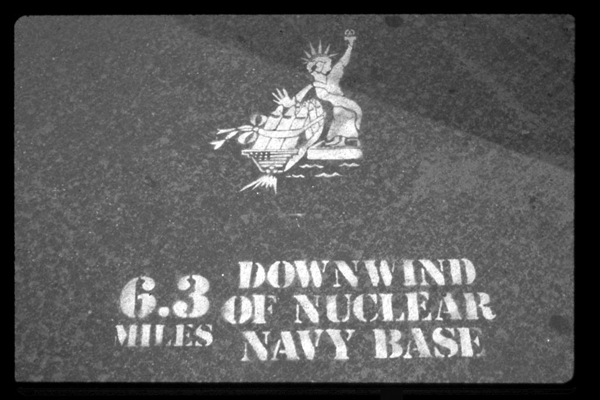
stencil by Rachel Avenia
You Could Die Here
“The paradox is that we have always been told that we have to have nuclear weapons to preserve democracy, yet now that we have them coming to New York City, democracy is being destroyed . . . In reality, no one in this country has been able to vote on nuclear weapons.”
—John Savagian, Coalition for a Nuclear-Free Harbor
Groundwork required months of planning and fund-raising before stencils could first hit the streets. The call for artists had netted twenty-six original stencil designs and Eisenberg and other co-collaborators turned to well-known artists and art historians for financial support. They sent letters to Hans Haacke, Tim Rollins + KOS, Leon Golub and Nancy Spero, Lucy R. Lippard, the Keith Haring estate, and other allies in the art world. Contributors who donated $50 or more received a portfolio of the images printed on paper. This call resulted in enough funds to purchase supplies—one hundred cans of spray paint, maps of NYC, materials for stencils, X-Acto knifes to cut the stencils, and film to document their handiwork. The call also fulfilled another function: outreach and a permanent archive of the project. The prints sent to various regions of the country informed those outside of New York about the campaign and served as an example to inspire other artists and activists to learn about the tactics that Groundwork had employed.
Stenciling of sidewalks began in the spring. Volunteers went out at night and targeted a specific area of the city. The plan called for each stencil design to be painted in either black or white spray paint, with a mile marker below it that informed viewers exactly how far they stood from the Staten Island homeport. Individual designs varied and included Mimi Smith’s image that read “You Could Die Here”; John Fekner’s design that featured a person running, with the text “The Daze of Toxic Water”; Gregory Sholette’s image “Real Estate Futures” that featured two hands wearing gloves with the nuclear warning symbol sweeping the city into a dustpan; and Rachel Avenia’s image that pictured a defiant Statue of Liberty pushing nuclear warheads away from her, metaphorically pushing the weapons away from the city.
On October 27, 1989, after months of painting, Groundwork held a press briefing in front of the Isaiah Wall on the west side of First Avenue, north of Forty-second Street in Manhattan. Groundwork took questions and invited the media to follow crews as they installed stencils at nearby locations. The media solicitation did not generate as much press as hoped, yet the process had signified the importance that Groundwork had placed on street art as a form of tactical media. Groundwork had sought media coverage to amplify their message; but with or without media coverage, the stencils communicated directly to an unsuspecting public and informed people about the proposed nuclear Navy base. Viewers were left to ponder who was behind the warning signs. The unsigned work and anonymous nature of the project left people to question if the message came from a neighbor, an organization, or the city government.
The coalition’s aim was to make the Stapleton homeport an election issue. A Groundwork flyer noted that “stenciling has coincided with municipal electoral races with the intention of making the Navy base a campaign issue. A similar proposed homeport was canceled in San Francisco earlier this year after the election of an antinuclear mayor made it clear that Navy ships carrying nuclear weapons were not welcome in the city.” The same scenario would take place in New York City. Koch lost the Democratic primary to David Dinkins, who opposed the homeport and went on to defeat the Republican candidate Rudolph Giuliani, who supported it.
However, Dinkins’s election proved to be only a partial victory in the struggle to keep nuclear weapons out of New York’s harbor; his power to stop the base was limited. Dinkins had called the homeport a “floating Chernobyl” and wanted the construction to stop even though it was 90 percent complete. His concern was for public safety. The Coast Guard had reported 609 accidents in New York Harbor from 1976 to 1980, and the Navy had even acknowledged 628 minor accidents on nuclear ships during the previous two decades. One reported accident was classified; another involved a missile falling off an aircraft carrier and into the sea. However, the federal government—specifically Dick Cheney, the secretary of the Department of Defense—had the final say, and he supported the Stapleton homeport. The nuclear ship USS Normandy was eventually docked in New York’s waters. Public pressure, however, did have a significant effect. In 1994, the homeport was closed through the Base Realignment and Closure Process. The Staple- ton homeport in the end proved to be too small for the Navy’s needs, too costly, and too controversial.

stencil by John Fekner
http://peoplesarthistoryus.org/
http://justseeds.org/nicolas_lampert/03pahbook.html
